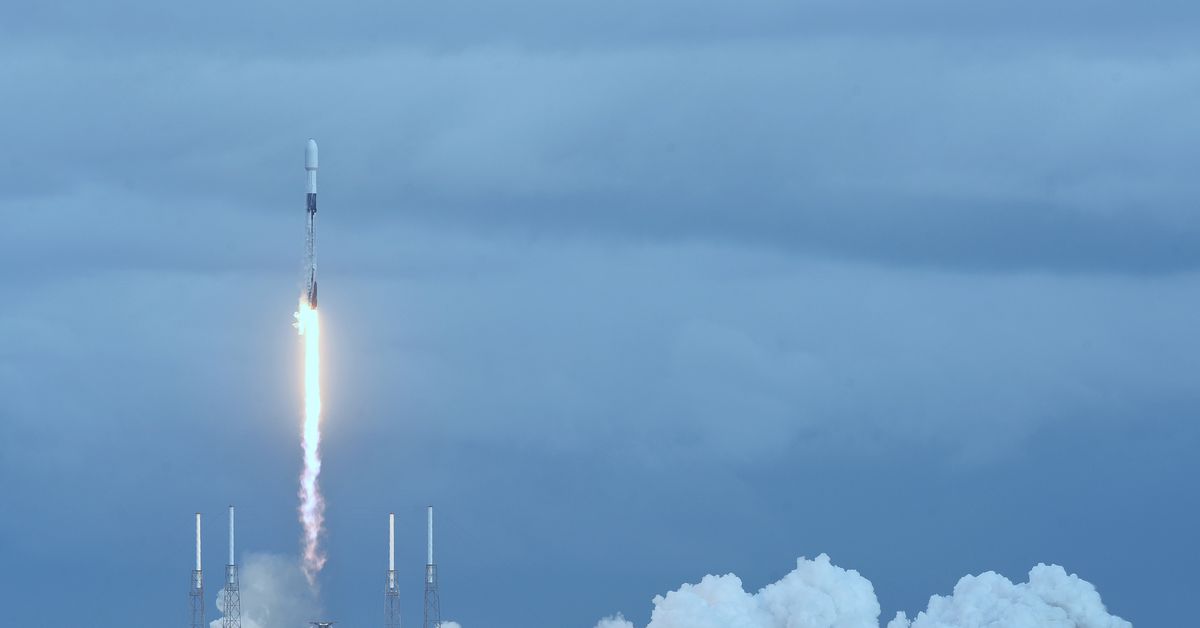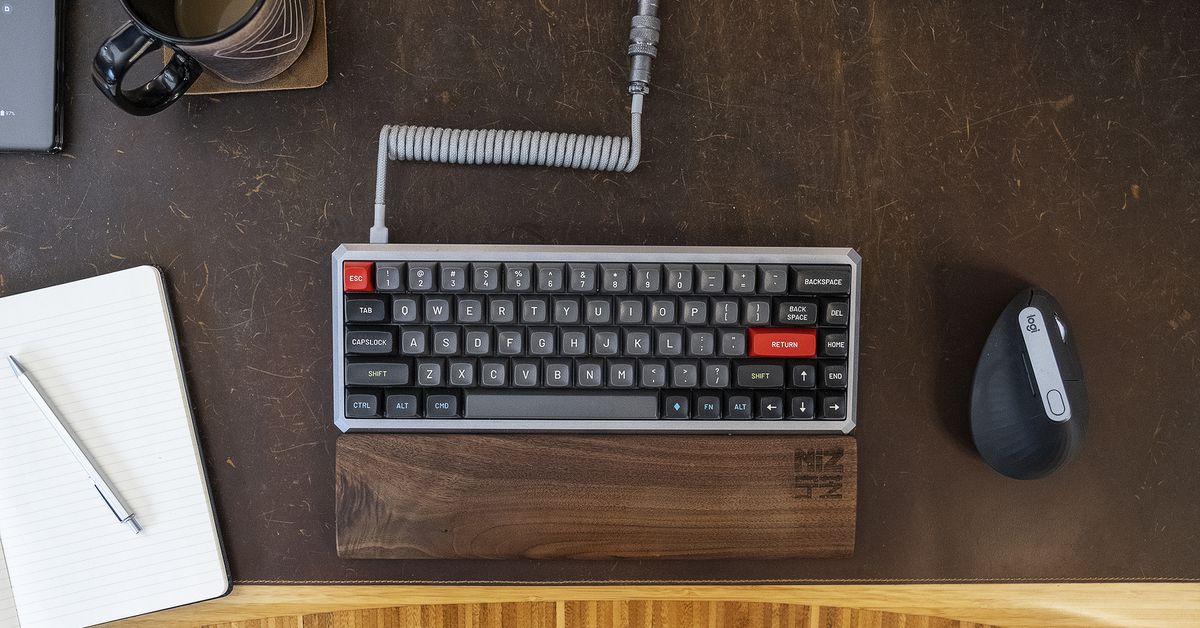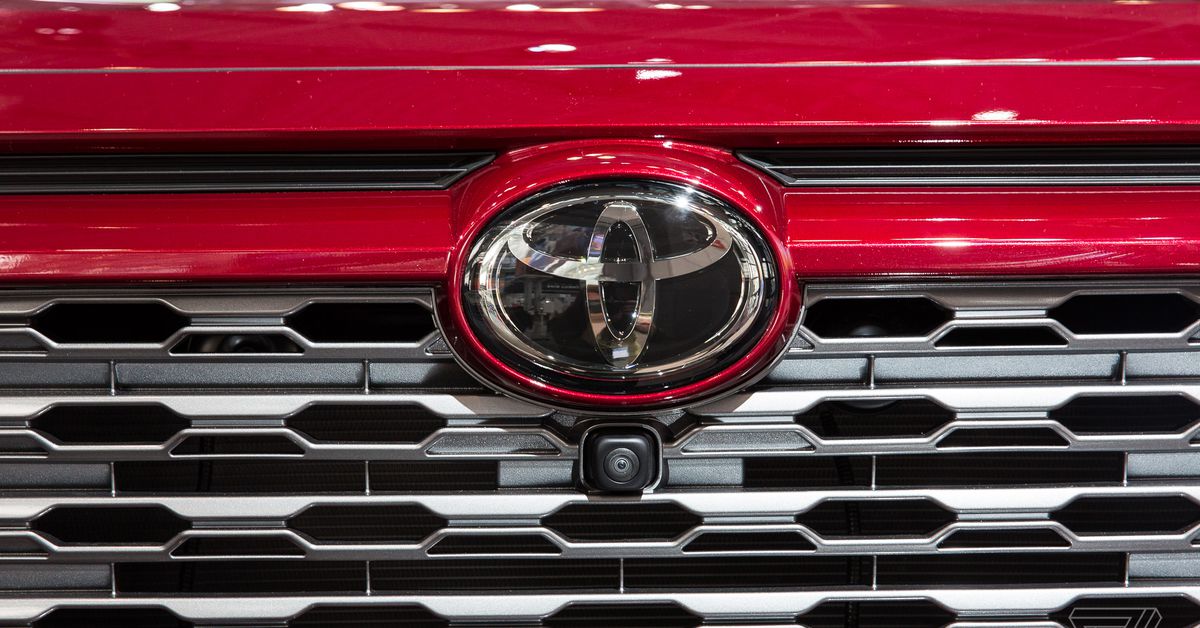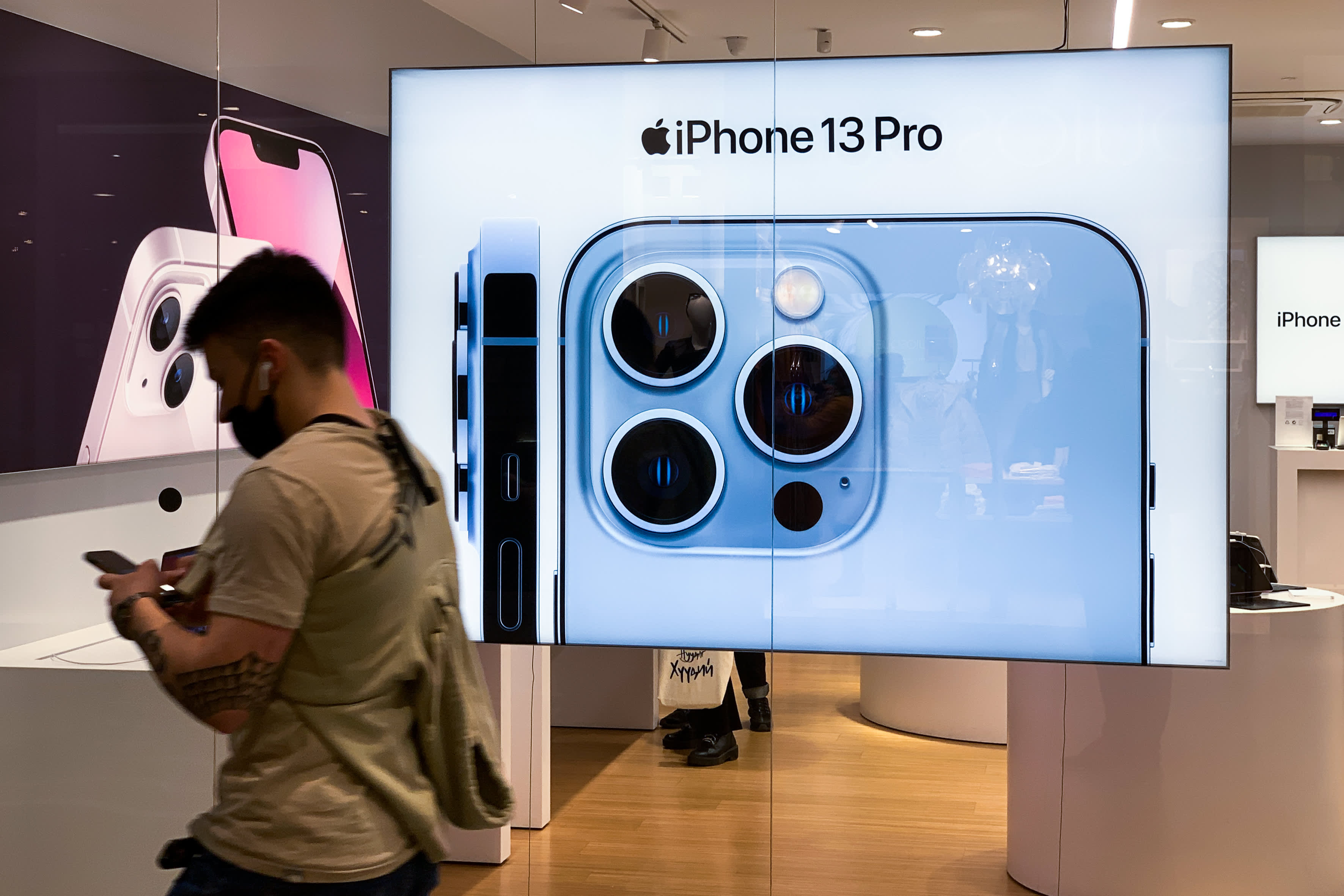Sony’s new ZV-E10 II camera is designed to sway vloggers away from $1,000 phones
The ZV-E10 II looks a whole lot like its 2021 predecessor.Trickle-down economics may be garbage, but Sony remains a steadfast believer when it comes to the tech in its cameras. The new ZV-E10 II continues Sony’s trend of bringing...
/cdn.vox-cdn.com/uploads/chorus_asset/file/25523735/BFARSACE_ZVE10II_1.jpg)
Trickle-down economics may be garbage, but Sony remains a steadfast believer when it comes to the tech in its cameras. The new ZV-E10 II continues Sony’s trend of bringing small, iterative changes down from its pricier cameras to more affordable models. Only it’s never without some tradeoffs.
The ZV-E10 II is the APS-C mirrorless system camera follow-up to the original ZV-E10 of 2021, now with a bigger battery, a 26-megapixel backside-illuminated sensor, and improved 4K video. It will also cost $999 for the body or $1,099 in a bundle with Sony’s new PZ 16-50mm f/3.5-5.6 OSS II lens when it launches in early August — right around the price of a flagship phone like the iPhone 15 Pro Max. But, of course, even the best iPhone camera has a sensor about nine times smaller than the APS-C one in the ZV-E10, which is why phones rely on computational tricks to try and compete with the image and video output of dedicated cameras.
While the ZV-E10 II’s $999 price is a bit of a steal compared to the $1,800 FX30 cinema camera it gets its sensor from, it’s also worth noting that it’s actually $200 more than the launch price of the original ZV-E10.
1/2
So what does the extra $200 get you over the original ZV-E10 (which you can still get today for an even lower $700)? Aside from its borrowed sensor, the new camera now uses the NP-FZ100 batteries of its full-frame brethren for much-improved battery life. The ZV-E10 II can also record 4K video at up to 30 fps with no crop, whereas the last-gen model limited uncropped filming to 24 fps (stepping up to 4K / 60 still has a slight crop of 1.1x on the ZV-E10 II).
Battery longevity and higher-quality recordings are sure to go a long way in a camera that’s designed for someone to roll lengthy video clips of self-filmed vlogs, but some tradeoffs are made to give the ZV-E10 II these features while keeping its compact dimensions. Namely, the new camera eschews a mechanical shutter (making it mostly useless for taking pictures of subjects in motion since its sensor is not stacked or partially stacked), it lacks any in-body image stabilization (in favor of electronic stabilization), it still lacks a viewfinder, and it didn’t get the AI processing chip of its pricier cousins to further improve the autofocus. So, while the ZV-E10 II has the kind of excellent autofocus that Sony Alphas have been known for, it’s squarely focused on vlogging and video capture compared to other do-it-all hybrid models.
Those shortcomings may be a dealbreaker for someone willing to spend a few hundred dollars more and get Sony’s similar but more versatile A6700, though the ZV-E10 II is designed to be easier to use and more approachable than the cameras from Sony’s A-line of Alpha cameras. Like previous ZV models, it simplifies the controls with more reliance on a touch interface, a Cinematic Vlog mode for a one-tap zero-effort cine look, and dedicated buttons for a “bokeh mode” and Product Showcase autofocusing (the latter is a whole focus mode for YouTube-like videos where someone presents stuff in front of their face).
If your goal is to create video content, which do you choose?
Sony wants its ZV cameras to be the logical step up that creators use once they want to move from their phones to a more capable setup, and while it’s not overhauling the playbook it set in motion with the ZV-E1 or ZV-1 II, it’s hard to deny that despite a price increase the ZV-E10 II may offer enough for a vlogger who wants room to grow — and at a price that’s similar to many flagship phones.
Keep an eye out for our video hands-on from Becca Farsace in her upcoming episode of Full Frame.

 Tfoso
Tfoso 






























